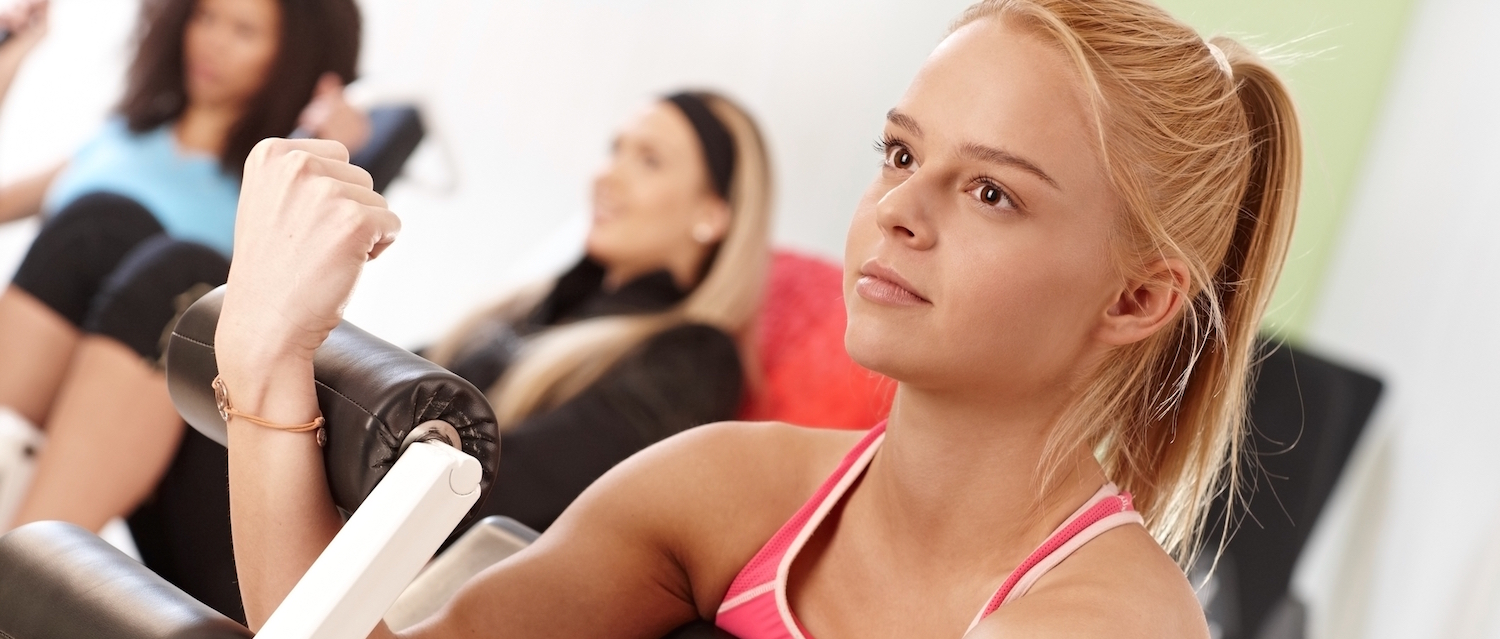Ballet is a physically demanding art form for both males and females. Just as male dancers require powerful upper body, core, back and leg strength to partner with ease and correct technique, females too need strong lean muscles to execute difficult steps with the grace and effortlessness required.
Although some, in particular female dancers, may be turned off simply by the words “weight training”, if you’re guided, taught and then execute correctly, what once was known as an unfamiliar fear, could very much assist in your overall strength and development as a dancer. Weight training, when designed for a dancer, will allow you to develop overall muscle strength and do so without “bulking up” individual muscle groups.
There are two different styles of weight training I would suggest for dancers; isometrics, and low resistance – high repetition training.
Isometrics involve supporting the weight of your own body, whilst performing minimal movements. This, for many dancers, could be linked directly to strengthening programs such as Pilates and yoga. Generally isometric exercises involve no additional equipment, which would be best for a dancer to use as a warm up/cool down, when in a studio or situation with no access to equipment.
Isometrics require the dancer to move a targeted body part minimally, usually as small as inches at a time. The tension and isolation of said muscles in their fixed position is what gives strength to the area.
Several isometric exercises help dancers develop long and lean, yet strong legs and lower bodies: semi fold-over, high V, wide second, standing turnout, parallel extension and scissor curl. Most of which are found in a dancers Pilates repertoire in varying forms.
The other form of weight training that is beneficial to dancers is low resistance – high repetition exercises. This form of training is good for strengthening without the fear of muscle “bulking”. A basic summary of the concept is: low repetitions with high weight, increases strength (this is mainly what male dancers strive for as they wish to increase hypotrophy of the muscles). Whereas high repetitions with low weight, increases endurance. When the repetitions increase we then see the gradual transition from strength to endurance.
As dancers we strive for endurance, our muscles need to develop all the reserves possible for the demanding tasks we put them through. If you focus on developing your endurance you will in turn reduce your risk of injury. Increasing the stamina of your muscles is like taking out insurance on your own body, it is an immensely important thing to have, and you’ll be thankful in the long run.
So how do we figure out how many repetitions to do and with what weight? Again we have to remember that every single body is different, however a good rule of thumb to decide the correct weight for you is to use enough weight so that your muscles are fatigued after 12 to 15 repetitions, but not so much that you can only manage one or two repetitions.
Repetition ranges have a direct relationship to the load lifted. Do 12 to 15 repetitions of a light load for endurance, 8 to 10 repetitions of a moderate load for hypertrophy, and 3 to 5 repetitions of heavy loads for strength. So if as a male dancer you have been told to build muscle strength and size, then you need to add more weight, with fewer reps.
Reluctance to resistance training (mostly in the case of female dancers) is often tied to a fear that muscles will hypertrophy (bulk). Decreased body fat, increased strength and muscle endurance, without increases of body mass are all result of high volume (low weight and high repetition) resistance training programs.
Women who shy away from weight training in fear of muscle mass gain, should take comfort in the knowledge that most of us lack the body type necessary to build such large muscles. This is due to less production of testosterone. However, mesomorphs, people with a muscular physique, may experience larger muscle development than ectomorphs, who are generally slender, or endomorphs; those who tend to carry more fat tissue.
As with most forms of exercise and specific muscle training, try to perform balanced exercises, for example, combining back-strengthening exercises with abdominal resistance training to avoid posture problems. The hamstrings, abdominal and quadriceps muscles especially benefit from weight training as a dancer. Complete a single set of repetitions to gain the greatest muscle-strengthening benefit for each specific muscle group.
It is always most important to remember that everyone’s bodies are different and will require different programs to ensure the greatest personal gain. So work with a professional to set up a weight training program that is going to give you the best and most desirable results for you.
By Teagan Lowe of Dance Informa.

















